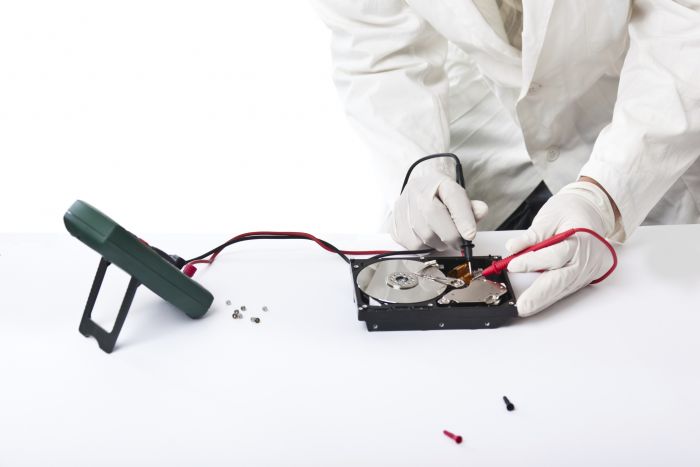Hard drives that have suffered a power surge will normally affect the printed circuit board (PCB) and stop the hard drive from spinning up. However, sometimes the power spike can be so powerful that it can damage the read/write heads and or, as seen in previous cases, heat up insulating materials so intensely that it can turn into a gas. Then it will quickly cool down and descend on the platters where your data is stored. This is still normally a recoverable situation for the data recovery specialist but because of all the bad advice all over the internet about self recovery techniques, success rates in this situation have fallen to about 20%.
The most common thing people try is simply swapping the damaged PCB with a new one. This makes sense to someone who has very basic knowledge about how a hard drive works. Unfortunately, this can complicate the issue and puts your data at significant risk. Have you ever heard the phrase “he knew just enough to be dangerous?”
Once you swap the PCB the drive is able to spin up and the read/write heads will get fouled by the debris on the platters. You have just opened up a whole new set of problems that will need to be addressed in the clean room. Note: Just because the hard drive spins up with a new PCB does not mean that the hard drive can now function properly. Please follow the link below for more information about the ROM chip and a clicking hard drive.
